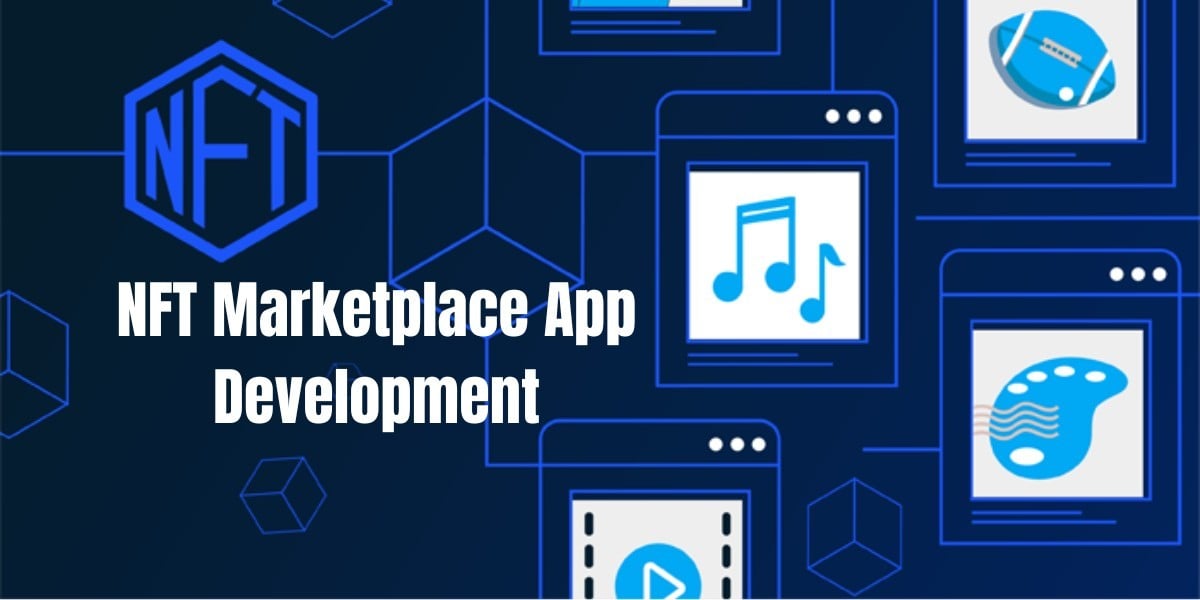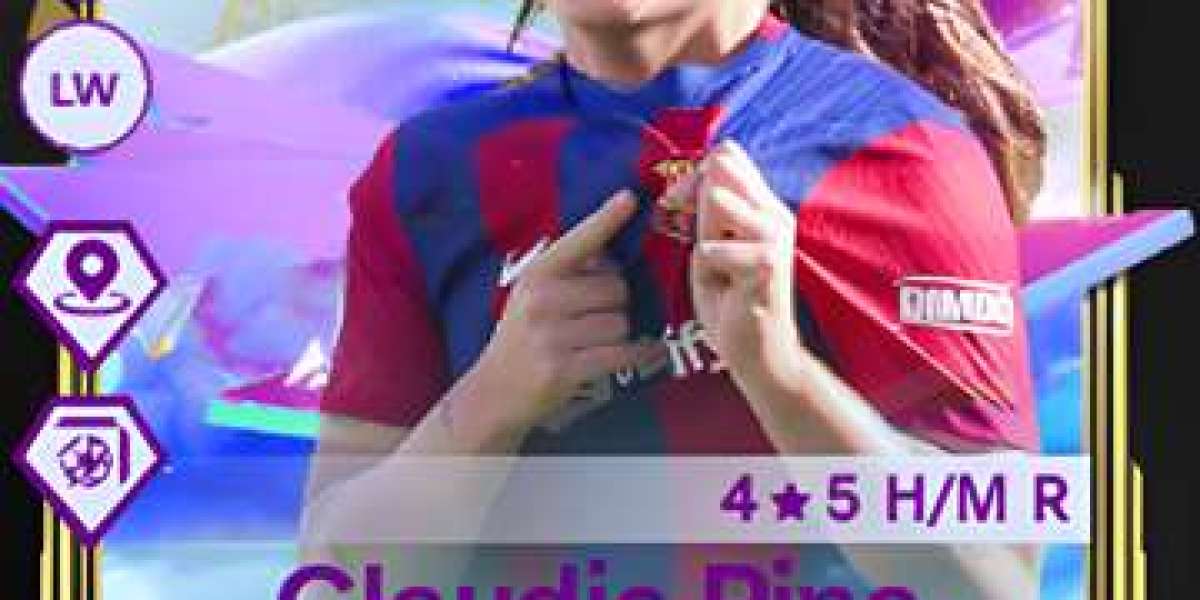Non-Fungible Tokens have taken the world by storm, transforming the way we buy, sell, and collect digital assets. These unique tokens, which represent ownership of digital items, have given rise to NFT marketplaces—online platforms that have become the epicentres of digital ownership and creativity. As NFTs continue to gain momentum, it's crucial for NFT marketplace app developers to stay on the cutting edge of trends and innovations in this ever-evolving landscape.
Some of the Key NFT Marketplace App Development Trends Shaping the Future of Digital Asset Trading Are:
- Cross-Chain Compatibility
Traditionally, most NFTs have been built on the Ethereum blockchain. However, as blockchain technology evolves, we're witnessing a surge in cross-chain compatibility. NFT marketplace apps are increasingly offering support for multiple blockchains, allowing users to trade assets from different chains seamlessly. This trend enhances accessibility and reduces transaction costs, opening up new possibilities for users and creators.
- Layer-2 Scaling Solutions
High gas fees and congestion on the Ethereum network have been pain points for NFT enthusiasts. Layer-2 scaling solutions like Polygon (formerly Matic) and Optimism are addressing these challenges. NFT marketplace app developers are integrating these solutions to provide faster and more cost-effective transactions, improving the overall user experience.
- Deeper Integration of Virtual Reality (VR) and Augmented Reality (AR)
The integration of VR and AR technologies into NFT marketplaces is gaining traction. This trend allows users to experience their digital assets in immersive ways. For example, you can display your NFT art in a virtual gallery or interact with virtual collectibles in an augmented reality environment. Such experiences enhance the value and uniqueness of NFTs.
- Dynamic NFTs
Beyond static images and files, dynamic NFTs are emerging as a trend to watch. These NFTs can change over time or respond to external factors, making them more interactive and engaging. Examples include NFTs that display real-time data like cryptocurrency prices or those that react to specific events in the physical world.
- Fractional Ownership
Fractional ownership of NFTs is gaining popularity. This concept allows multiple users to collectively own a high-value NFT, breaking it into smaller, tradable fractions. This trend democratizes NFT ownership and enables broader participation in the NFT market.
- NFT Gaming and Metaverse Integration
NFT marketplaces are increasingly collaborating with the gaming industry and metaverse projects. Gamers can buy, sell, and trade in-game assets as NFTs, while metaverse platforms use NFTs to represent virtual land, clothing, and other digital goods. This integration blurs the lines between the digital and physical worlds.
- Green NFTs and Environmental Sustainability
As concerns about the environmental impact of blockchain technology grow, there's a rising interest in "green NFTs." These are NFTs minted on eco-friendly blockchains or those that offset their carbon footprint. NFT marketplace app developers are exploring ways to make NFT trading more sustainable to meet the demands of environmentally conscious users.
- Community-Driven Development
Community-driven development models, including decentralized autonomous organizations (DAOs), are becoming prevalent in NFT marketplaces. These models allow users to have a say in platform governance, decision-making, and even revenue-sharing. Such approaches foster a sense of ownership and engagement among users.
- Enhanced Metadata and Intellectual Property Protection
To combat issues of copyright infringement and ownership disputes, NFT marketplace apps are working on enhancing metadata capabilities. This includes embedding detailed ownership information and licensing terms within NFTs, making it easier to track and enforce intellectual property rights.
- Artificial Intelligence (AI) and Machine Learning (ML)
AI and ML technologies are being leveraged to curate and recommend NFTs to users based on their preferences and behavior. These technologies can also help in verifying the authenticity of NFTs and identifying fraudulent listings, bolstering trust in the marketplace.
Conclusion
The world of NFTs and NFT marketplace app development is evolving rapidly. Keeping abreast of these trends and innovations is vital for developers, creators, and collectors alike. As NFTs continue to unlock new possibilities in the digital world, the future holds immense potential for those who are prepared to embrace these trends and lead the way in shaping the NFT landscape. Whether it's through cross-chain compatibility, immersive experiences, or sustainable practices, NFT marketplace app developers have a pivotal role in unlocking the future of digital ownership and creativity.



